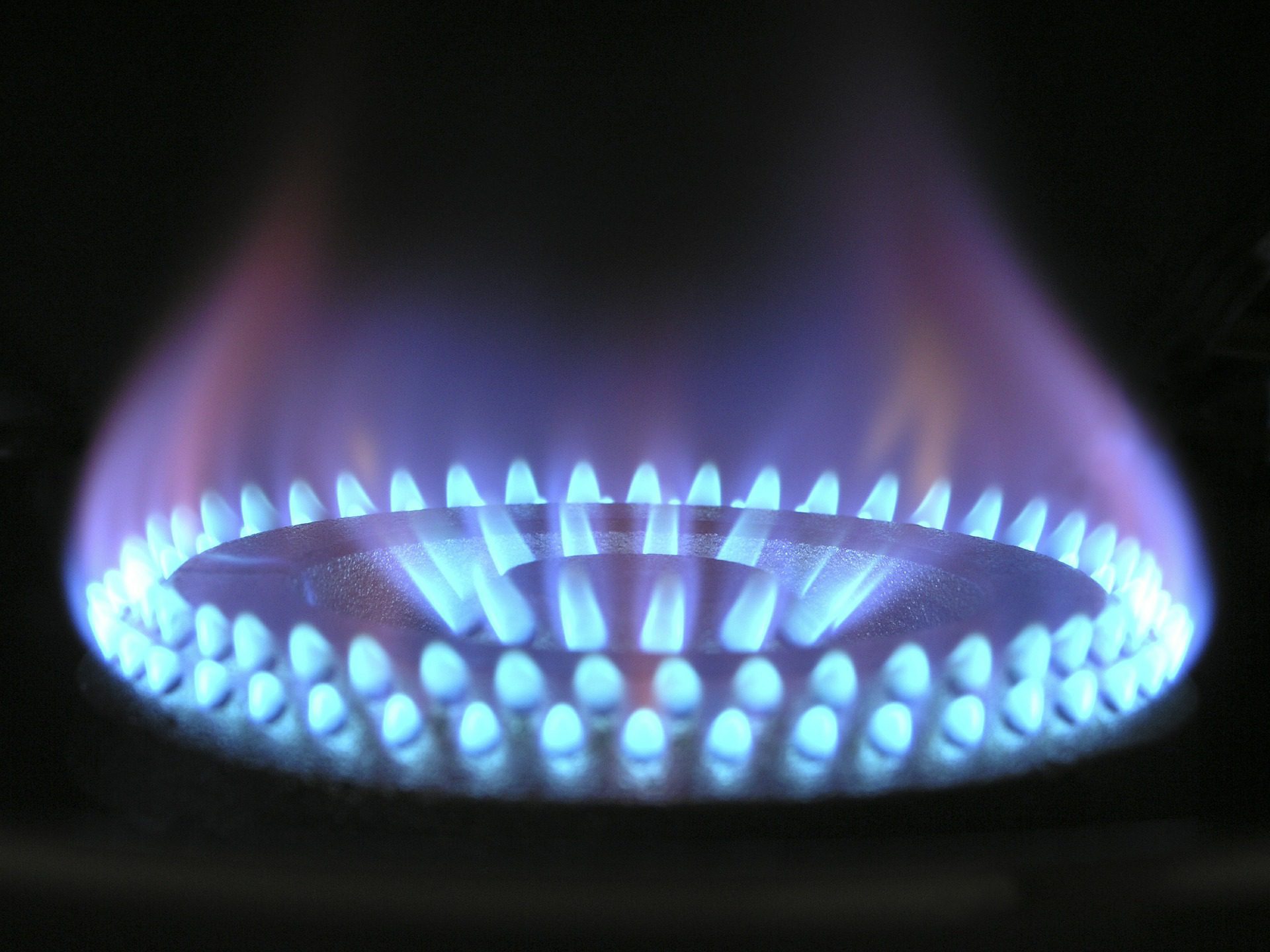On behalf of the UK Cabinet Office
Energy price caps are here to ensure you pay a fairer price for your gas and electricity.
What are energy price caps?
Ofgem and the UK government have introduced price caps to ensure consumers, particularly the more vulnerable, pay a fairer price for their energy and are protected from being overcharged.
They’re based on the costs that Ofgem (Great Britain’s energy regulator) calculates suppliers need to spend to get energy to your home.
How do energy price caps work?
Price caps work by limiting how much suppliers can charge you per unit of energy.
If costs to supply your energy fall, the cap makes sure suppliers pass on savings.
They don’t limit your total bill, which will vary depending on how much energy you use.
Are all energy tariffs price capped?
Tariffs are the rate you pay for your gas and electricity.
The price of your tariff is only capped if you…
- Use a prepayment meter.
- Get the government’s Warm Home Discount and/or…
- Are on a ‘standard variable‘ energy tariff or a tariff you haven’t chosen (a ‘default‘ tariff).
[interact id=”5c2cd338e88f3600148ff24f” type=”quiz”]
Am I protected?
You don’t need to do anything to be price protected – your supplier must apply the caps.
Your supplier can tell you if your energy tariff is covered by a price cap.
They must also write to tell you if your tariff is changed in a way that could disadvantage you, or if the tariff you’re on is no longer available.
If you don’t know who your supplier is, you can find out here.
Make sure you’re on the best tariff
Even if you’re covered by a price cap, you should still shop around to see if you can save more money.
Talk to your supplier or look at their website to see what tariffs they have available and if you can pay less.
You can also use a price comparison website to see if another supplier can make you a better offer.
[button color=”” size=”large” type=”square_outlined” target=”new” link=”https://www.ofgem.gov.uk/consumers/household-gas-and-electricity-guide/how-switch-energy-supplier-and-shop-better-deal”]SAVE ME MONEY[/button]










